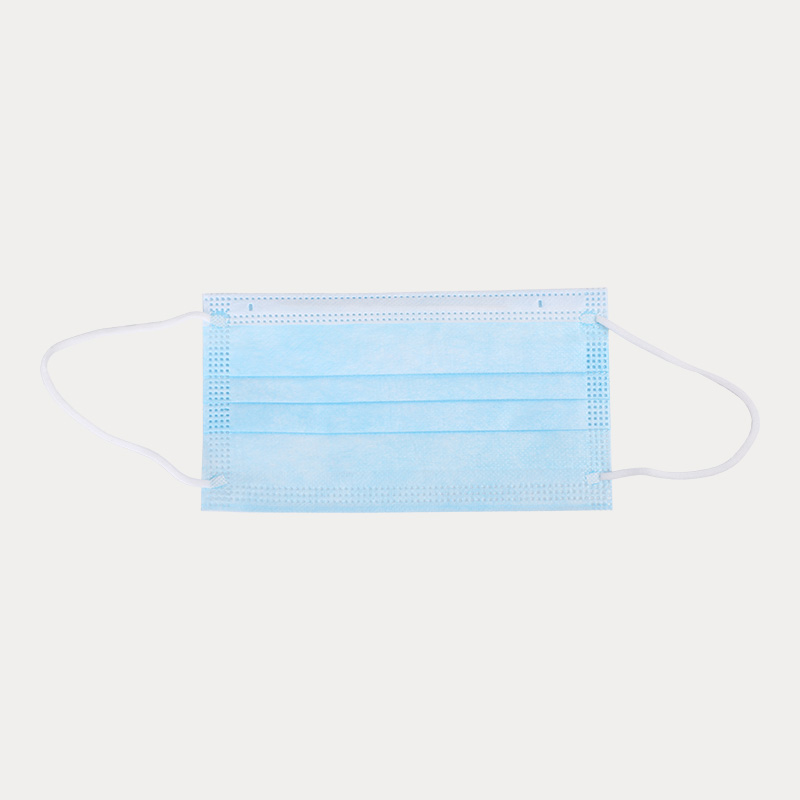Ordinary medical masks are common gauze masks, with four-layer, eight-layer, and sixteen-layer specifications. It complies with the relevant registered product standards (YZB) and generally lacks the filtration efficiency requirements for particles and bacteria, or the filtration efficiency requirements for particles and bacteria are lower than medical surgical masks and medical protective masks.
The protective effect of ordinary medical masks on pathogenic microorganisms is not precise, and can be used for a sanitary care in ordinary environments, or to block or protect particles other than pathogenic microorganisms such as pollen.
2. Medical surgical masks
Masks are suitable for the basic protection of medical staff or related personnel, as well as protection against the spread of blood, body fluids and splashes during invasive operations. They meet the technical requirements of YY0469-2011 medical surgical masks. The technical indicators include filtration efficiency, bacterial filtration efficiency and Respiratory resistance:
3. Medical protective mask
Medical protective masks are also known as medical N95 masks. The masks are suitable for medical staff and related staff to protect against airborne respiratory infectious diseases. The protection level is high; it meets the technical requirements of GB19083-2010 medical protective masks. The technical indicators include non-oily particles. Filter efficiency and airflow resistance.

What are the precautions for wearing a mask
1. Wear a mask during flu season, smog, sandy weather, sickness and going to the hospital. In winter, the elderly with low immunity, the frail and sick, go out to wear masks as much as possible.
2. Colored masks are mostly made of chemical fiber fabrics, which have poor air permeability and chemical irritating smell, which are easy to cause damage to the respiratory tract. Qualified masks are made of gauze and non-woven fabrics.
3. It is unscientific to put it out after use and not clean it in time. A lot of germs will accumulate after wearing a mask for 4-6 hours, and the mask must be washed every day.
4. Don't wear a mask for running. Because the demand for oxygen during outdoor sports is greater than usual, masks may cause poor breathing or even hypoxia in the organs, which can cause very serious consequences.

 English
English عربى
عربى Español
Español русский
русский 中文简体
中文简体








